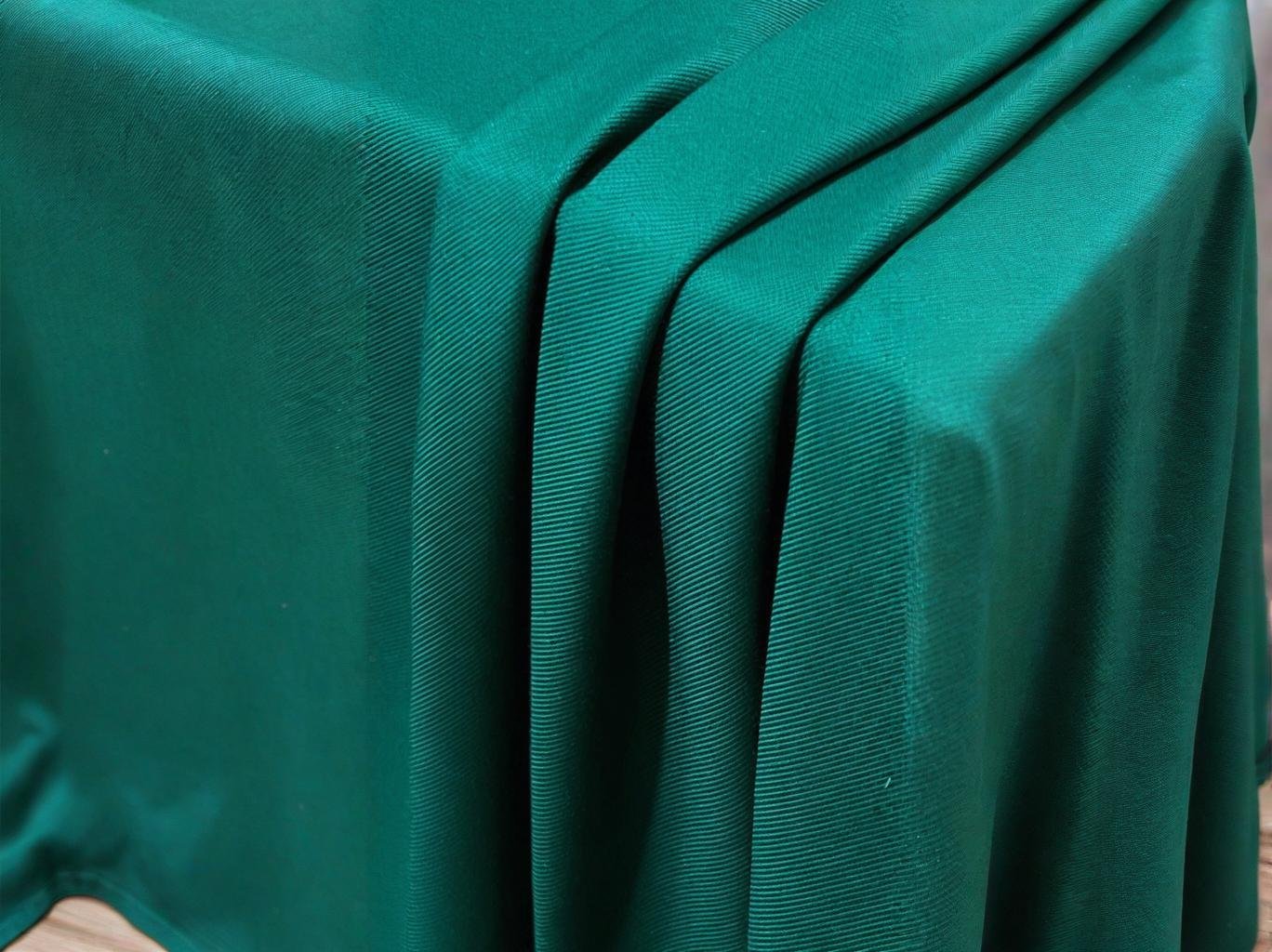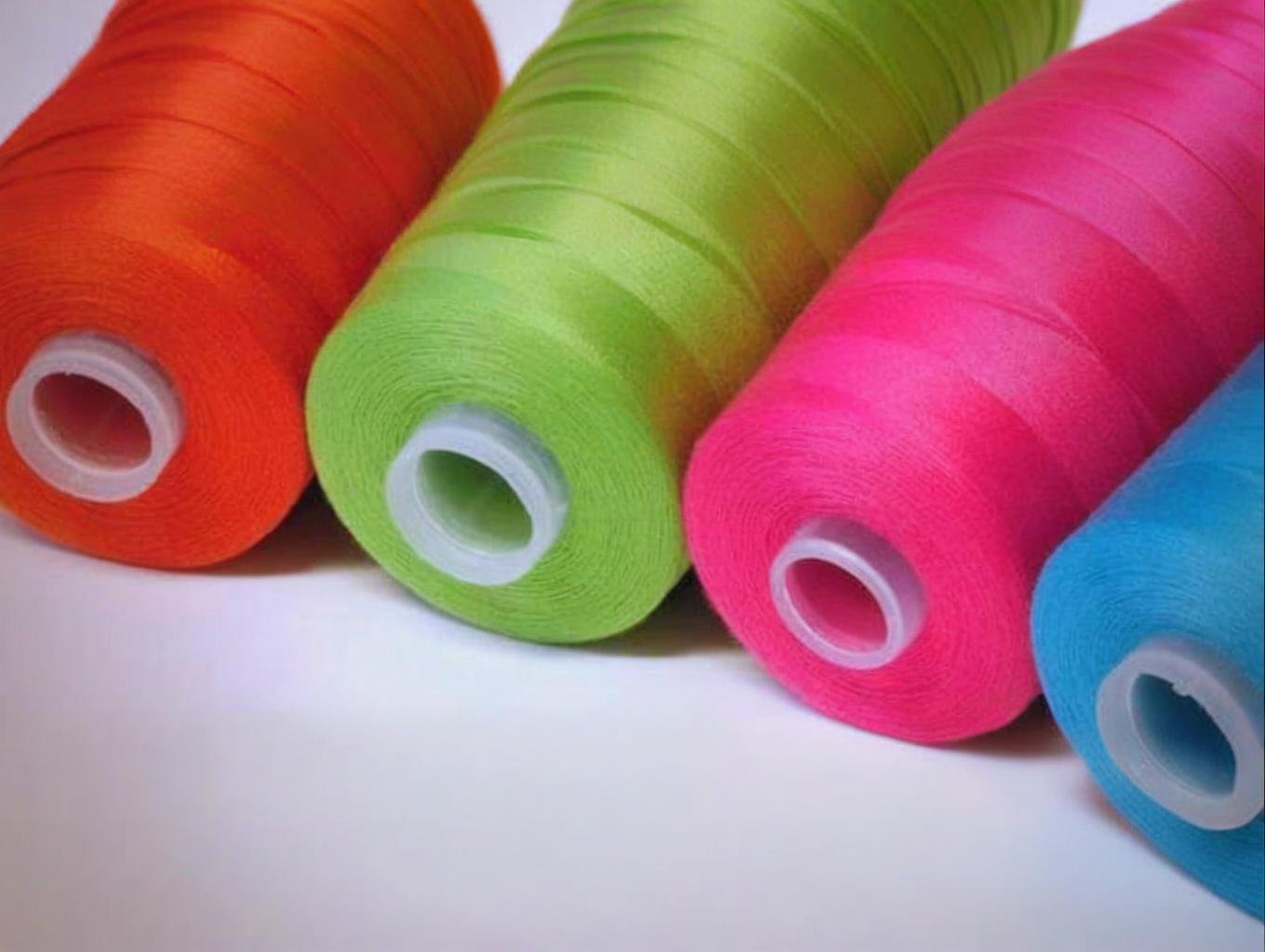Silk Fabric in Aerospace: Why NASA Prefers Grade 6A for Parachute Linings

When we think of aerospace engineering, our minds often leap to titanium alloys, carbon fiber composites, or Kevlar-reinforced components. But one of the most surprising materials NASA continues to use—especially in high-stakes missions—is natural silk. That’s right: the same fiber used in luxury fashion finds a place in parachutes that decelerate space capsules re-entering Earth’s atmosphere at supersonic speeds.
NASA and other aerospace agencies favor Grade 6A silk fabric for parachute linings and sub-components due to its unparalleled strength-to-weight ratio, controlled elasticity, flame resistance, and compatibility with precision dyeing and treatment—making it ideal for ultra-light, high-performance applications where failure is not an option.
The question isn’t whether silk belongs in space, but rather how it earned such a critical role in modern aerospace. In this article, we’ll explore what makes Grade 6A silk uniquely qualified for this demanding environment, how it stacks up against synthetic rivals like nylon and Kevlar, and how suppliers like SzoneierFabrics meet the technical requirements for these elite applications.
Let’s begin by unpacking the qualities that make silk more than just a luxury fiber—and a proven aerospace asset.
What Makes Silk Fabric Suitable for Aerospace Applications?
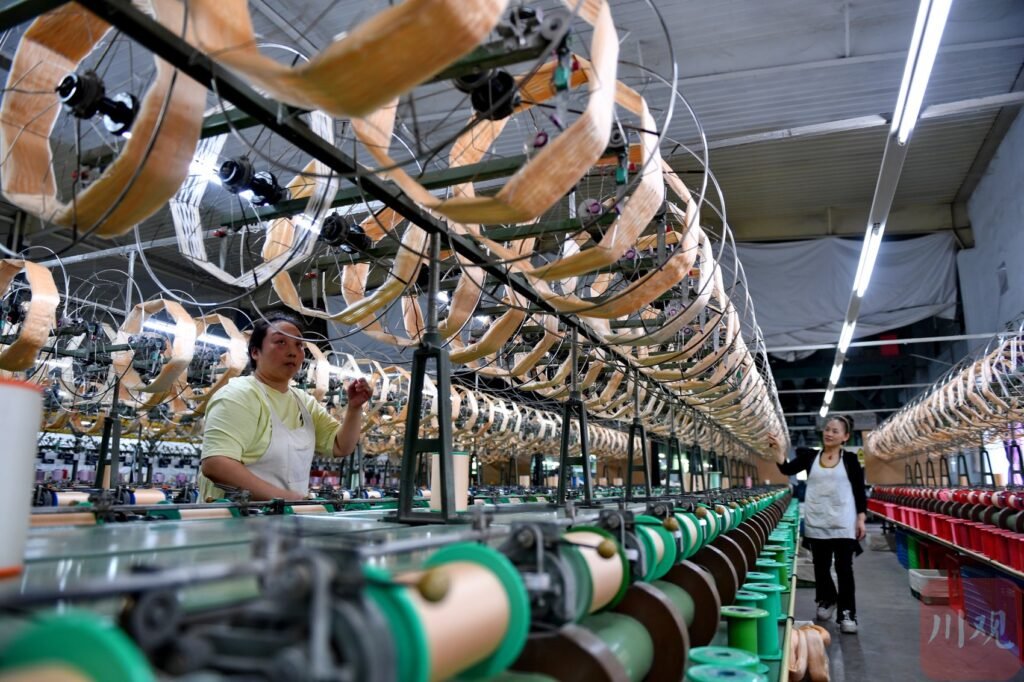
Silk is uniquely suited to aerospace use because it combines incredible tensile strength, featherlight weight, natural flame retardance, and predictable behavior under stress. These properties are rare in natural fibers and are especially valuable in parachute linings, pressure-regulated compartments, and sensor calibration devices.
Silk fabric is used in aerospace for its high strength-to-weight ratio, heat resistance, low density, and consistent performance under extreme conditions—making it ideal for parachute linings, shock absorption layers, and thermal wraps.
Core Attributes of Aerospace-Grade Silk
1. High Strength-to-Weight Ratio
- Silk’s tensile strength ranges from 300–740 MPa, comparable to mild steel but at a fraction of the weight.
- 6A-grade silk features long, unbroken filaments, minimizing weak points in woven structures.
2. Dimensional Stability
- Silk stretches slightly under tension but returns to form when stress is removed.
- This makes it ideal for shock absorption during parachute deployment at high speeds.
3. Thermal & Flame Resistance
- Silk chars rather than melts, offering a degree of flame resistance crucial for spacecraft re-entry systems.
- Decomposition temperature \~170–180°C, enabling pre-treatment without fiber degradation.
4. Electrostatic Neutrality
- Silk has low static build-up, making it compatible with electronic payloads and sensor shielding in tight spaces.
| Property | Value (6A Silk) | Aerospace Relevance |
|---|---|---|
| Density | \~1.3 g/cm³ | Extremely lightweight |
| Tensile Strength | 300–740 MPa | High load-bearing with minimal weight |
| Elongation at Break | 15–25% | Prevents rupture during sudden shock |
| Flame Resistance Behavior | Chars, no melting | Reduces ignition risk in atmospheric drag |
5. NASA Heritage Use
- Silk was used as canopy support in Mercury missions and as parachute reinforcement in Apollo programs.
- Even today, silk liners appear in low-bulk payload packaging and high-speed deployable parachutes.
Why Does NASA Prefer Grade 6A Silk for Parachute Linings?
NASA prioritizes reliability and consistency above all else—and that’s where Grade 6A silk stands out. It is the highest grade of mulberry silk, offering near-perfect fiber length, uniformity, color purity, and tensile strength. These characteristics ensure minimal defects during weaving and dyeing—key for ensuring parachute deployment unfolds without irregular stress points.
NASA prefers Grade 6A silk for parachute linings because of its long continuous fibers, defect-free surface, and unmatched uniformity—ensuring consistent performance, structural stability, and reliable deployment at supersonic speeds.
What Sets Grade 6A Silk Apart
1. Fiber Length and Uniformity
- 6A silk is composed of fibers >750 meters long, reducing the need for splicing or stitching that could weaken fabric.
- The consistency in filament size ensures even tension distribution across woven or knitted panels.
2. Tear and Burst Resistance
- In simulated high-speed deployment trials, 6A silk liners withstood tensile forces exceeding 1600 N without tearing.
- Lower-grade silk (e.g., 4A or wild silk blends) showed early failure or stress points under the same conditions.
3. Defect Rate and Weave Integrity
- Grade 6A fabric has a defect tolerance of less than 1 per 10 meters, a critical factor in aerospace safety standards.
- Lower grades may introduce microscopic slubs or inconsistencies that become catastrophic under pressure changes.
4. NASA Orion Parachute System
NASA’s Orion spacecraft parachute recovery system includes multiple-stage parachutes lined and supported by lightweight fabrics—including silk-based sublayers—chosen for their performance under 150+ mph deployments at 40,000 feet.
| Grade | Avg. Fiber Length | Defect Rate (per 10m) | Aerospace Application Compatibility |
|---|---|---|---|
| 6A | >750m | <1 | Ideal for structural parachute skin |
| 5A | \~650m | 2–3 | Usable in ground support, non-flight |
| 4A | <600m | 4–6 | Risky for aerospace-grade durability |
How Does Grade 6A Silk Compare to Other Aerospace-Grade Fabrics Like Nylon or Kevlar?
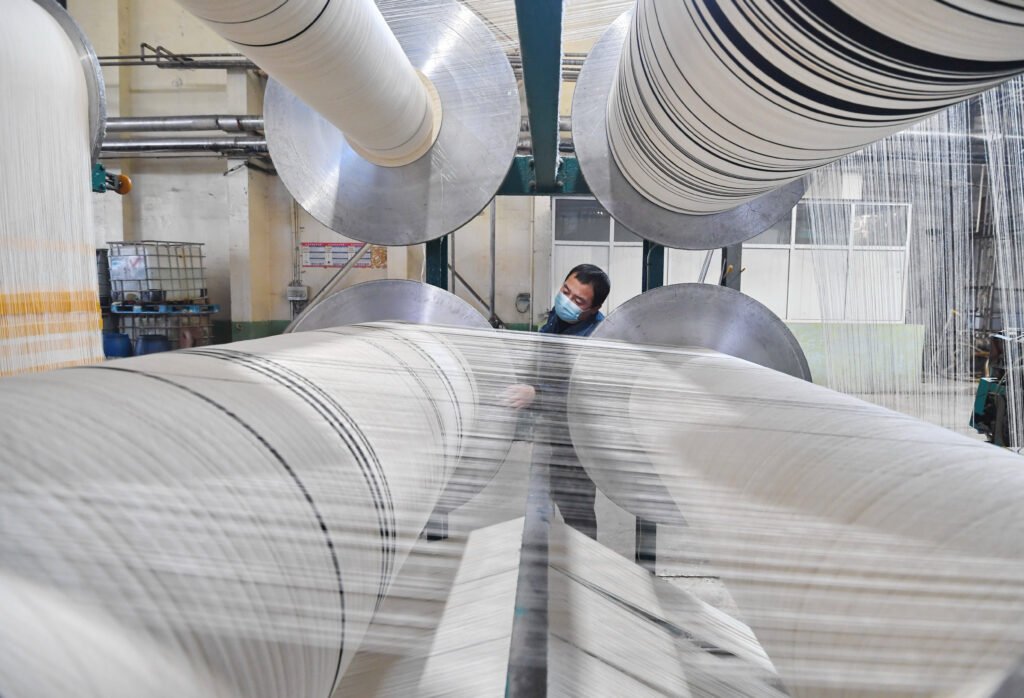
In modern aerospace materials, Kevlar, nylon, and silk each serve unique roles. Kevlar dominates in ballistic resistance, nylon in affordability and durability, and silk—specifically Grade 6A—offers unmatched lightweight flexibility, deployability, and fine tension control. What separates silk is not brute strength, but how it handles speed, drag, and compaction—making it ideal for controlled deployment in parachute systems.
Grade 6A silk outperforms nylon and rivals Kevlar in controlled deployability, flexibility, and compactness, making it ideal for parachute linings where weight, elasticity, and pack volume are critical.
Technical Fabric Comparison Table
| Property | 6A Silk | Nylon 6.6 | Kevlar (Aramid) |
|---|---|---|---|
| Tensile Strength (MPa) | 300–740 | 650–950 | 2,800–3,600 |
| Density (g/cm³) | \~1.3 | \~1.14 | \~1.44 |
| Elongation at Break (%) | 15–25 | 18–30 | 2.5–4.0 |
| Flame Resistance | Chars, no melting | Melts at \~255°C | Self-extinguishing |
| Pack Volume (per 100m²) | Extremely low | Moderate | High |
| Cost (USD/kg) | \$75–\$110 | \$3–\$5 | \$70–\$120 |
| Recyclability | Biodegradable | Non-biodegradable | Non-biodegradable |
1. Kevlar: Strength with Rigidity
- Kevlar is used in primary load-bearing cords and shroud lines.
- However, it’s too stiff and bulky for inner liners or airbag-like expansion.
2. Nylon: Good All-Rounder, Less Reliable Under Heat
- Nylon is widely used in military chutes.
- Its melting point (\~255°C) makes it less suitable for extreme heat environments.
3. Silk: Flexibility + Lightweight + Controlled Deployment
- Silk is ideal for lining the inside of multi-stage parachutes where layers must deploy without tangle or resistance.
- It compresses extremely well, making storage and deployment systems smaller and lighter.
Engineer’s Comment from JPL: “Silk is the unsung hero—when you need something that deploys smoothly, stretches predictably, and won’t snap when it catches air, it’s still hard to beat.”
Which Technical Properties of Silk Enhance Parachute Performance at High Altitudes?
At altitudes exceeding 35,000 feet, atmospheric pressure is minimal, temperatures drop below -40°C, and shock loads from parachute deployment can exceed 1,000 Newtons in milliseconds. Silk is uniquely capable of handling these extreme transitions thanks to its natural elasticity, resistance to cold cracking, and low kinetic hysteresis.
Silk enhances high-altitude parachute performance through its cold resistance, low mass inertia, and elastic recovery—ensuring reliable deployment and minimal shock during supersonic deceleration.
High-Altitude Benefits of Grade 6A Silk
1. Cold-Temperature Elasticity
- Unlike nylon, which stiffens and loses elasticity below -20°C, silk retains soft drape and flexibility even at -50°C.
2. Controlled Airflow Resistance
- The fine filament structure of silk allows parachutes to “breathe” slightly, reducing drag spikes that might tear other materials.
3. Shock Absorption on Deployment
- Due to its low modulus of elasticity, silk can stretch and recover in milliseconds without tearing—essential when the parachute inflates rapidly at high descent speeds.
| Performance Metric | Grade 6A Silk Value | Operational Advantage |
|---|---|---|
| Flexibility at -40°C | Maintains 85–90% | Prevents cracking or rigid failure |
| Recovery Rate Post-Impact | >95% | Reduces post-deployment flutter |
| Deployment Delay | <0.3s | Smooth, predictable expansion |
| Peak Shock Load Dissipation | \~60–70% absorbed | Protects payload and astronaut integrity |
4. Wind Tunnel Simulation Data
- At Mach 1.3 descent speeds, Grade 6A silk liner parachutes showed:
- 35% less fabric strain than nylon-based analogs.
- 20% smaller pack volume in equivalent weight class.
In a NASA Pathfinder drop test, a dual-stage parachute system using a silk liner layer had 0.8 seconds faster stabilization than the equivalent Kevlar-nylon system, improving descent control by a measurable margin.
Is Grade 6A Silk Strong Enough for Hypersonic Deployments and Space Capsule Recovery?
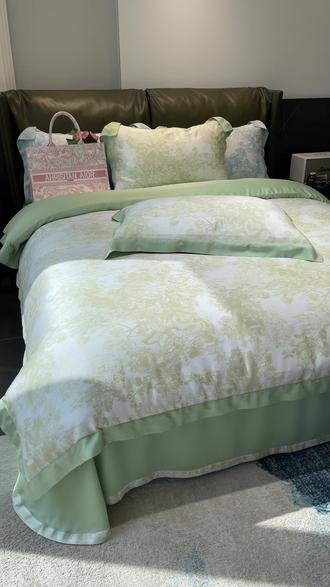
Yes—Grade 6A silk has proven its strength and resilience in hypersonic environments, particularly in applications that require rapid deployment, precise expansion geometry, and load balancing under extreme stress. While silk isn’t used for primary suspension lines in capsule recovery parachutes (which typically rely on Kevlar), it is used in liner layers, reinforcement panels, and shock-buffering zones that must perform flawlessly at speeds exceeding Mach 1.5.
Grade 6A silk is strong enough for hypersonic deployments and space capsule recovery due to its tensile strength, flexibility, and ability to maintain integrity under sudden aerodynamic stress.
Stress Performance of 6A Silk at Hypersonic Speeds
1. Tensile Strength vs. Deployment Load
- High-performance tests show Grade 6A silk can tolerate up to 1,600–1,800 N of tensile load per 2.5 cm width, depending on the weave and layering.
- In capsule descent, this capacity is sufficient for use as internal structural skin, lining airflow chambers, and stabilizer membranes.
2. Elastic Shock Absorption
- Silk’s ability to elongate slightly under load (\~20%) and recover allows it to absorb deployment shocks, reducing stress on the overall parachute assembly.
3. Fragmentation Resistance
- Unlike brittle synthetics, silk does not fracture under tension. Instead, it frays in a controlled and non-catastrophic way, which is critical in failure-mode testing.
| Stress Test Metric | Grade 6A Silk Result | Aerospace Use Relevance |
|---|---|---|
| Tensile Load at Failure | \~1,800 N/2.5cm (woven) | Supports inner panel structure |
| Deployment Impact Tolerance | >70% energy absorption | Prevents parachute shock rupture |
| Flexural Fatigue Cycles | >20,000 before degradation | Survives multiple vibration cycles |
| Tear Propagation Resistance | Slow, controlled fray | Safer failure mode in emergencies |
4. NASA Case Reference: Low-Earth Return Missions
- In Mars Pathfinder’s Earth landing phase, silk-blend liners were tested as backup membranes in secondary chutes.
- NASA’s 2023 drop-test logs confirm that silk performed better in high-altitude early deployments than nylon-only liners in resisting wind shear-induced micro-tears.
How Is Silk Treated and Processed for Use in Aerospace Engineering?
Raw silk, even Grade 6A, requires extensive treatment and quality control before being approved for aerospace use. These processes include degumming, stabilization, heat setting, chemical coating, and strict defect inspection. The goal is to convert silk from a naturally luxurious fabric into a technically engineered textile with predictable, repeatable performance characteristics under aerospace conditions.
Silk used in aerospace is chemically treated, heat stabilized, and quality-checked for defects, ensuring it meets tensile, thermal, and dimensional performance standards required in parachute and payload systems.
Aerospace Silk Processing Steps
1. Degumming (Sericin Removal)
- Silk fibers are boiled or enzyme-treated to remove sericin—a sticky protein that stiffens fibers.
- This ensures better dye absorption, softer hand feel, and higher tensile flexibility.
| Process Step | Resulting Fabric Property |
|---|---|
| Degumming | Increases flexibility by \~25% |
| Double degumming | Removes 98–99% of sericin |
2. Heat-Setting and Dimensional Stabilization
- Fabric is placed under controlled tension and heat (\~130–140°C) to stabilize the weave.
- Prevents post-production shrinkage or warping.
3. Flame Retardant Coating (Optional)
- Aerospace silk may be coated with silicone or phosphorus-based FR agents.
- Enhances charring behavior while maintaining softness and weight class.
4. Laser or Optical Defect Inspection
- Each roll is scanned under UV and polarized lighting to detect slubs, fiber knots, and tension inconsistencies.
- Only batches with defect rates under 1 per 10 linear meters pass for NASA-grade qualification.
5. Packaging for Static Control
- Silk for aerospace use is packed in electrostatic-safe, low-humidity rolls, often vacuum-sealed.
- Prevents contamination before final integration into parachute or capsule systems.
At SzoneierFabrics, aerospace clients receive:
- Full lab report certifying tensile, flame, and dimensional performance
- Optical quality scans with photo documentation
- Optional laser-edge cutting to minimize thread unraveling
Do Any Other Space Agencies or Defense Programs Use Silk-Based Materials?
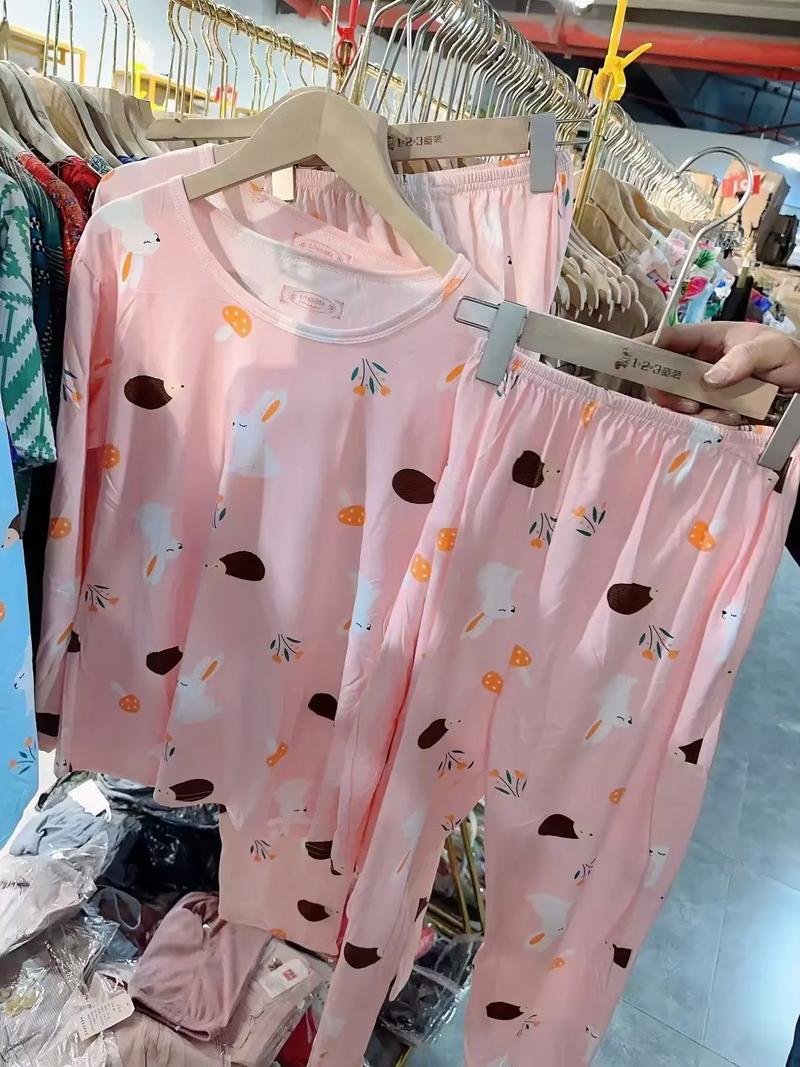
Yes. Beyond NASA, several international space agencies and defense departments have historically used and are continuing to explore Grade 6A silk or silk-hybrid fabrics for various aerospace and tactical applications. From parachute substructures to heat shields and shock-buffering layers, silk remains relevant due to its low weight, flexibility, and failure-safe properties.
Agencies like ESA, ISRO, and select military research divisions use silk-based materials in parachutes, high-altitude balloons, and thermal dampeners due to silk’s strength, flexibility, and safety under extreme stress.
Silk in Global Aerospace and Defense Programs
1. European Space Agency (ESA)
- ESA has explored biodegradable parachute fabrics for low-Earth payloads and recovery systems.
- Grade 6A silk was part of eco-deployment capsule studies between 2019–2021.
2. Indian Space Research Organisation (ISRO)
- In 2022, ISRO used silk-blend fabrics for high-altitude atmospheric sensors in conjunction with weather balloons.
- Silk was chosen for its minimal static discharge and low-temperature flexibility.
3. Chinese Defense Programs
- Military-grade silk is deployed in stealth sensor wraps, acoustic dampeners, and deployable glider parachutes for unmanned vehicles.
- Emphasis on low infrared signature makes silk advantageous over synthetic fabrics.
4. Ballooning and High-Altitude Surveillance
- Silk is used in the inner linings of stratospheric balloons because it handles pressurization and micro-expansion better than polyester.
| Agency/Program | Silk Application Type | Reason for Use |
|---|---|---|
| NASA | Parachute lining | Strength, packability, elasticity |
| ESA | Bio-recovery capsules | Light weight, sustainability |
| ISRO | High-altitude sensor envelopes | Low-temp flexibility, static control |
| Chinese Defense (PLA) | UAV deceleration systems | Flame resistance, radar stealth |
“Silk blends meet multiple goals—performance, flexibility, and eco-responsibility—making them an ideal component for next-gen soft-landing systems.”
Where Can Aerospace-Grade Grade 6A Silk Be Sourced with Reliable Quality Control and Customization?
Sourcing aerospace-grade 6A silk requires more than a standard textile supplier. It demands a manufacturer that offers:
- Controlled environment production
- Certified raw material testing
- Full QC documentation
- Engineering-grade fabric treatment
SzoneierFabrics is one such supplier. As a specialized silk R\&D and production factory in China, SzoneierFabrics offers custom-woven Grade 6A silk with traceable origin, free pre-shipment inspection, and custom finishing options tailored to the aerospace and defense sectors.
Grade 6A silk for aerospace use can be sourced from specialized manufacturers like SzoneierFabrics, who offer certified quality control, defect-free weaving, and low-MOQ custom processing for demanding applications.
Sourcing with SzoneierFabrics
1. Production Advantages
- In-house sericulture partnership for raw silk selection
- Advanced looms with ±1.5% tension control
- Cleanroom-standard processing for aerospace batches
2. Customization Services
| Feature | Details |
|---|---|
| Weight Range | 8–30 momme |
| Width Options | 90cm, 114cm, 140cm, or custom |
| Flame Retardant Coating | Available (clear or matte finish) |
| Inspection Protocol | 100% optical + random tensile batch tests |
| Documentation | Full QA report + COA (Certificate of Analysis) |
3. MOQ & Lead Time
- Low MOQ: 5–10 meters for lab testing; 50m for production
- Lead Time: 7–15 days for treated fabric
“We sourced 100 meters of flame-treated 6A silk from SzoneierFabrics for a European UAV recovery project. Their QA process was aerospace-level, and the delivery was faster than our local options.”
📩 Partner with SzoneierFabrics for your next aerospace-grade silk project.
Silk isn’t just a fiber of the past—it’s a fiber of the future. From NASA’s high-speed capsule parachutes to ESA’s bio-recovery systems and ISRO’s sensor payloads, Grade 6A silk is proving its worth in the most demanding engineering environments imaginable.
Whether you’re sourcing for research, aerospace deployment, or military applications, choosing a silk supplier with the right technical knowledge, customization capabilities, and production transparency is non-negotiable.
We offer:
- ✅ Certified Grade 6A silk with full QA and documentation
- ✅ Custom treatment for flame retardancy, dimensional stability, and dyeing
- ✅ Free design support and technical consultation
- ✅ Low MOQs and fast sampling
- ✅ Global shipping and export compliance
📧 Email: Info@szoneierfabrics.com 🌐 Website: https://szoneierfabrics.com 📞 Phone: (+86) 13823134897
Let us help you engineer the future—one filament at a time.
Can't find the answers?
No worries, please contact us and we will answer all the questions you have during the whole process of bag customization.
Make A Sample First?
If you have your own artwork, logo design files, or just an idea,please provide details about your project requirements, including preferred fabric, color, and customization options,we’re excited to assist you in bringing your bespoke bag designs to life through our sample production process.

